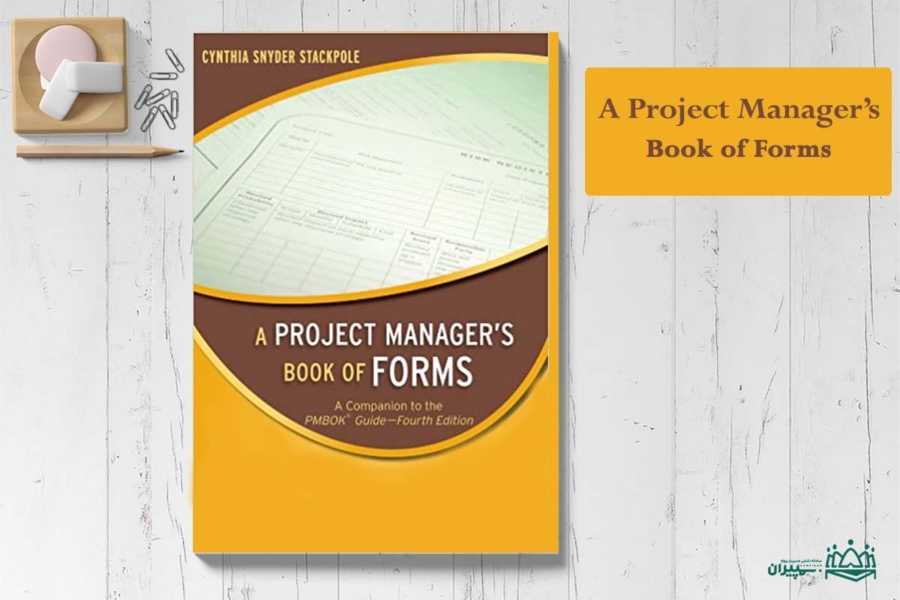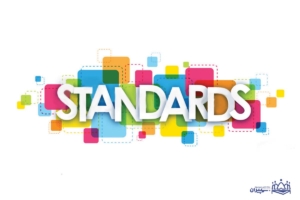A PROJECT MANAGER’S BOOK OF FORMS
The Project Management Book of Forms is designed to be a companion to A Guide to the Project Management Body of Knowledge (PMBOK ® Guide) — Fourth Edition. The purpose is to present the information from the PMBOK ® Guide — Fourth Edition in a set of forms and reports so that project managers can readily apply the concepts and practices described in the PMBOK ® Guide—Fourth Edition to their projects. The PMBOK ® Guide—Fourth Edition identifi es that subset of the project management body of knowledge generally recognized as good practice. As an ANSI Standard, it does not describe how to apply those practices, nor does it provide a vehicle for transferring that knowledge into practice. This Book of Forms will assist project managers in applying information presented in the PMBOK ® Guide— Fourth Edition into project documentation. The Book of Forms does not teach project management concepts or describe how to apply project management techniques. Textbooks and classes can fulfi ll those needs. This book provides an easy way to apply good practices to projects. Since one of the defi ning factors about projects is that they are unique, project managers must tailor the forms and reports to meet the needs of their individual projects. Some projects will require information in addition to what is presented in these forms; some will require less. These forms are presented in paper format and electronic versions to make them easy to adapt to the needs of specifi c projects. They follow the information in the PMBOK ® Guide—Fourth Edition but can be adapted to meet the needs of the project manager and specifi c projects.
AUDIENCE
This book is written specifi cally for project managers to help manage all aspects of the project. Those new to project management can use the forms as a guide in collecting and organizing project information. Experienced project managers can use the forms as a template so that they collect a set of consistent data on all projects. In essence, the forms save reinventing the wheel for each project. A secondary audience is the manager of project managers or a project management offi ce. Using the information in this book ensures a consistent approach to project documentation. Adopting these forms on an organizational level will enable a repeatable approach to project management.
Contents
Acknowledgments vii
1. Introduction 1
2. Initiating Forms 3
3. Planning Forms 21
4. Executing Forms 145
5. Monitoring and Control Forms 189
6. Closing 213
PMI 2009

 Add to favorites
Add to favorites 





دیدگاه خود را ثبت کنید
تمایل دارید در گفتگوها شرکت کنید ؟در گفتگو ها شرکت کنید!